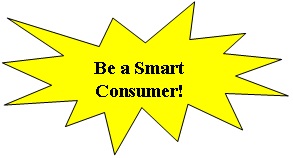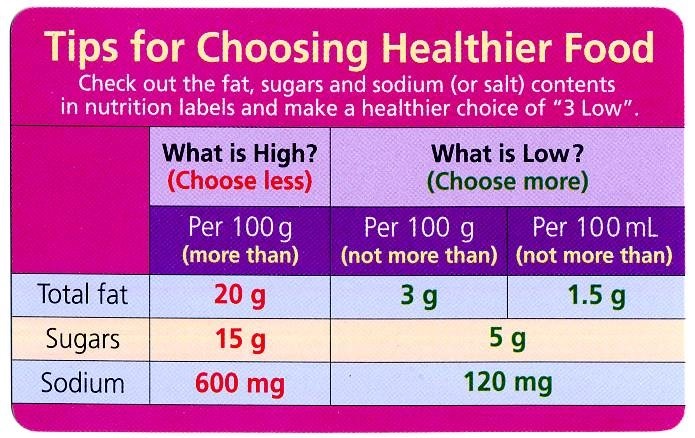“Low Sugar” Trap
Many health-conscious consumers choose low-sugar food and beverages to avoid getting too much sugar. Over-consumption of sugar may lead to excessive energy intake which increases the risk of overweight and obesity. However, does it imply that low sugar food and beverages can be consumed as much and as often as you like? Pay attention to the following two points if you do not want to fall into the “low-sugar trap”.
1. Portion Control
- The World Health Organization recommends that daily intake of free sugars should be no more than 10% of total energy intake. For a 2000-kcal diet, the daily intake upper limit of sugars is 50g.
- Take a beverage containing 5g of sugar per 100ml as an example. You will have an intake of 25g sugar once you have finished consuming the whole bottle of the beverage (500ml). In other words, drinking two bottles of such will reach the daily intake upper limit of sugars above. Therefore, low-sugar beverages cannot be consumed without limit.
- The more you eat, the more calories and nutrients you get. Uncontrolled eating and drinking of low sugar food and beverages may lead to excessive energy and sugar intake. Hence, portion control is critical in controlling energy and sugar intake.

2. Other Nutrient Content
- Food with “low sugar” claim may have high fat or sodium content.
- Consumers should not only rely on nutrition claims but also refer to the information provided on nutrition labels and ingredient lists for making healthier food choices.
- The Shopping Card produced by the Centre for Food Safety (see picture below) is one of the tools to assist consumers in choosing healthier food.

Example:
- Referring to the nutrition information, 100g of cookie contain 3.4g sugars and hence fulfilling the criteria of “low sugar” food.
- On the contrary, 100g of cookie contain 28.5g fat and hence falling into the category of “high fat” defined in the Shopping Card, i.e. over 20g total fat is contained per 100g of food.
- Therefore, do not only rely on nutrition claims but also refer to nutrition labels for information on other nutrient content (such as fat and sodium).
| Nutrition Information | |
| Per 100 g | |
| Energy | 517 kcal |
| Protein | 10 g |
| Total Fat | 28.5 g |
| - Saturated fat | 8.0 g |
| - Trans fat | 0 g |
| Carbohydrates | 55 g |
| - Sugar | 3.4 g |
| Sodium | 448 mg |

If you wish to learn more about…
- Healthy eating, please visit the “Health Zone” website at http://www.cheu.gov.hk
- ‘Health@work.hk Project’, please visit http://www.healthatwork.gov.hk
- Information on nutrition labels, please visit the Centre for Food Safety website at http://www.nutritionlabel.gov.hk
 Top
Top



